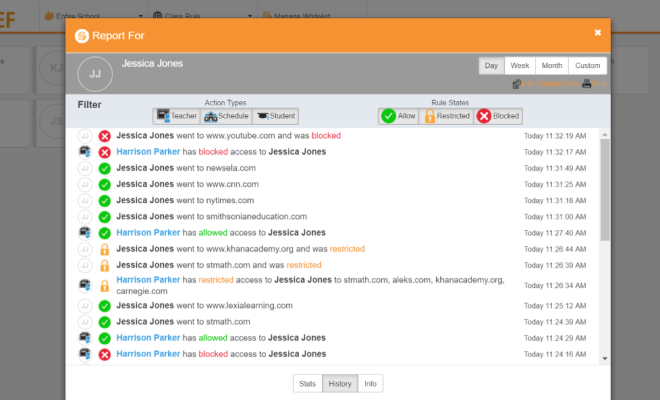Financial Aid Timelines Sway Student Enrollment

The journey towards higher education is a complex one, often marked by a series of critical decisions and deadlines. Among these, the timeline for financial aid can significantly influence a student’s decision to enroll. The relationship between financial aid disbursement schedules, application deadlines, and students’ perception of affordability creates a landscape where timing is everything. Understanding this dynamic is essential for educational institutions aiming to maximize enrollment and for students looking to navigate the financial aspects of their education successfully.
The Importance of Financial Aid
Financial aid plays a crucial role in making college accessible to students from diverse backgrounds. According to data from the National Center for Education Statistics, approximately 85% of full-time undergraduate students receive some form of financial aid. This support can come from federal and state governments, colleges, and private organizations, and it can take the form of grants, scholarships, work-study opportunities, and loans. The availability and timing of these funds can heavily influence a student’s decision about where and when to enroll.
The Financial Aid Timeline
The financial aid process typically follows a specific timeline, which begins long before a student steps onto campus. Key milestones include:
1. FAFSA Application: The Free Application for Federal Student Aid (FAFSA) becomes available each year on October 1. Students are encouraged to apply early, as many financial aid programs operate on a first-come, first-served basis. The timing of this application can significantly impact the financial aid package a student receives.
2. Institutional Deadlines: Most colleges and universities have their own deadlines for submitting financial aid applications, which often coincide with enrollment deadlines. Institutions may have limited funds available, meaning that students who delay their applications risk missing out on potential aid.
3. Award Notifications: Once applications are submitted, students typically receive financial aid award letters in the spring. These letters outline the types and amounts of aid offered. The timing of this notification is critical; students who receive funding offers late in the season may have already made decisions regarding their college choice, potentially leading them to enroll elsewhere.
4. Acceptance of Aid: After receiving their award letters, students must decide whether to accept the offered financial aid. This decision can be influenced by their overall perception of the cost of attendance, including tuition, room and board, and other expenses.
Impact on Enrollment Decisions
The interplay of these financial aid timelines can greatly influence student enrollment decisions. Here are a few ways in which timing sways students:
– Perception of Affordability: Early disbursement of financial aid information can foster a sense of affordability, prompting students to commit to a college earlier. Conversely, late financial aid notifications can lead to feelings of uncertainty and anxiety, pushing students to reconsider their options or even to choose schools known for offering the best financial packages.
– Comparative Analysis: When students receive financial aid offers from multiple institutions simultaneously, they are better positioned to make informed decisions. However, if a student receives an award letter late, they may feel rushed to make a choice without fully understanding their financial commitments, potentially leading to choices driven by short-term considerations rather than long-term goals.
– Retention and Dropout Rates: Financial aid timelines can also impact retention. Students who are uncertain about their financial future at the outset may not feel secure enough to stay at their chosen institution, leading to higher dropout rates. Colleges that provide timely and clear financial aid information tend to see better retention figures, as students are more likely to feel supported and valued.
Strategies for Educational Institutions
To capitalize on the influence of financial aid timelines in their favor, colleges and universities can adopt several strategies:
1. Proactive Communication: Institutions should communicate financial aid information clearly and consistently throughout the admissions process. Regular updates and reminders about deadlines can help students remain informed and engaged.
2. Streamlined Processes: Simplifying the financial aid application process can help students navigate their options. This includes reducing documentation requirements and offering workshops to educate students about completing the FAFSA and understanding their aid packages.
3. Personalized Support: Offering one-on-one financial aid counseling can empower students and families to make well-informed decisions. Personalized assistance can improve students’ understanding of their options and help them weigh the financial implications of different choices.
4. Early Award Notifications: If feasible, schools should aim to provide financial aid award notifications earlier in the admissions cycle. This transparency allows students to plan their financial futures and promotes a sense of security, positively impacting their enrollment decisions.
Conclusion
Financial aid timelines wield significant influence over student enrollment in higher education. The timing of applications, notifications, and disbursements can determine how students perceive the affordability of institutions and whether they choose to enroll. As schools continue to navigate shifting landscapes in funding and enrollment, understanding these timelines and their impacts can empower institutions to foster a more supportive, accessible, and timely process for future students. By prioritizing effective communication and streamlined processes, colleges can positively sway student enrollment patterns, ensuring that deserving students have the opportunity to take their next steps in education.





